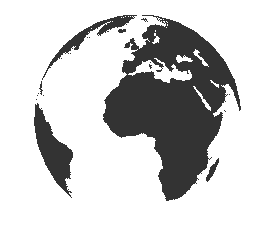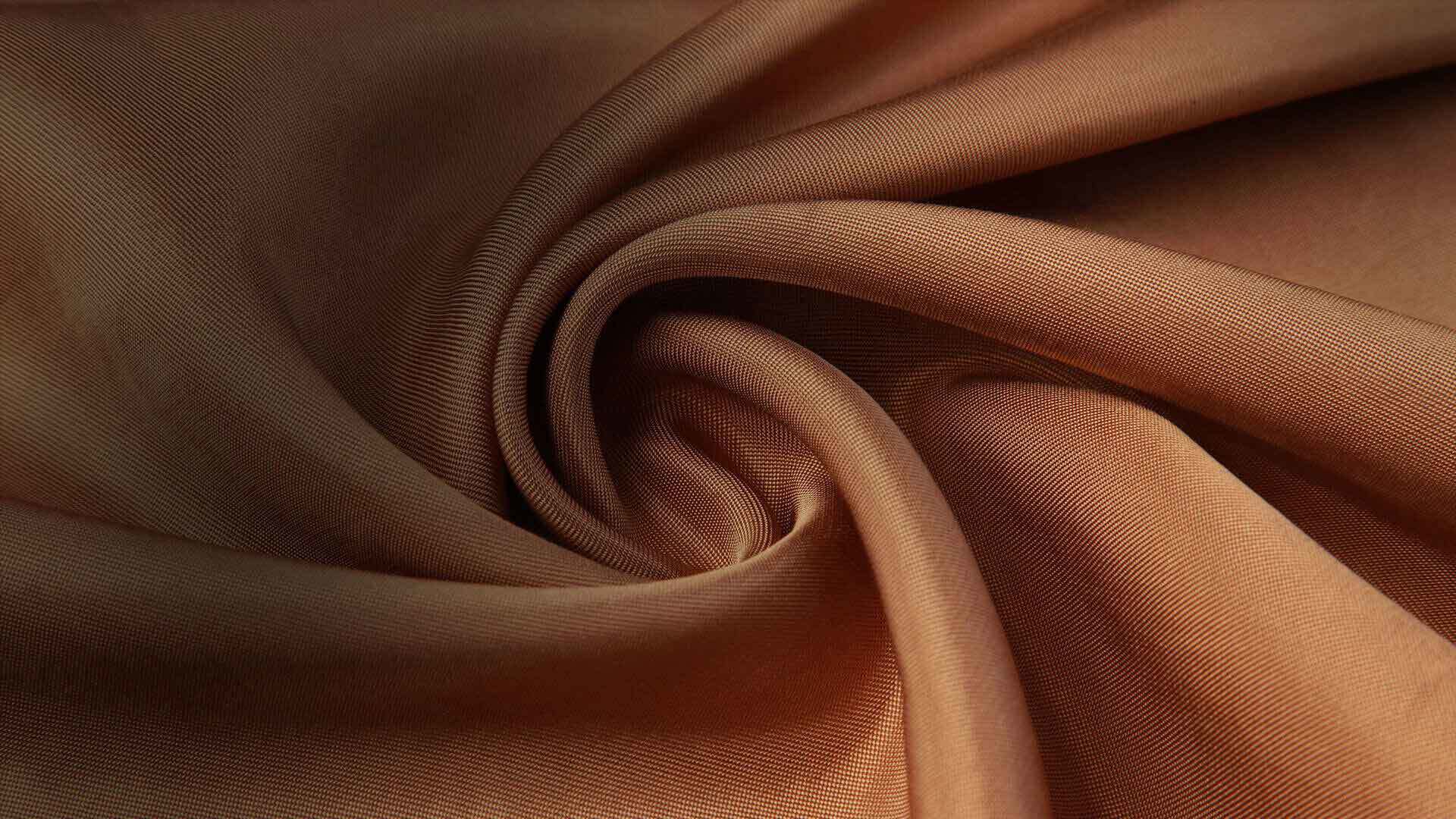What is the difference between yarn-dyed fabric and dyed fabric?
2022-09-26
For factories that produce work clothes on a large scale, they often need to buy a lot of fabrics. These fabrics are usually colored, but these colored fabrics can usually be divided into two types, namely, yarn-dyed fabrics and colored fabrics. For those who do not know fabrics, it is difficult for them to distinguish these two kinds of fabrics, and this article mainly introduces the difference between these two kinds of fabrics. So what is the difference between yarn-dyed fabric and dyed fabric?
What is the difference between yarn-dyed fabric and dyed fabric?
The difference between these two fabrics is mainly in the process and order of coloring. For yarn-dyed fabrics, the fabrics are woven from dyed spun yarns, which means that before making the fabrics, people need to dye the spun yarns for making the fabrics in advance. As for the colored cloth, people do not need to color the spun yarn in advance before weaving the spun yarn into the cloth. The coloring step of the cloth starts after the cloth is woven.
What are the advantages of yarn-dyed fabric?
Since the yarn-dyed fabric is woven with dyed spun yarn, the color of this fabric will be richer, and the dyeing fastness of this fabric is also very high, and the standing feeling is also very strong, which is very suitable for use in Make work clothes that have strict requirements on color, and this kind of work clothes is also very popular.
After reading the above, I believe that everyone understands the difference between yarn-dyed cloth and colored cloth. When choosing work clothes, many people prefer work clothes made of yarn-dyed fabrics, because this kind of work clothes have richer colors and higher dyeing fastness, but the price of this type of clothes is generally higher than that of ordinary clothes. The price is higher.
How much is the price of yarn-dyed fabric?
The price of yarn-dyed cloth is mainly determined according to the specific composition of the cloth, ranging from dozens of pieces to fifty or sixty per meter.
Related Information







